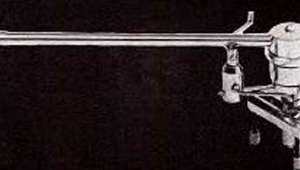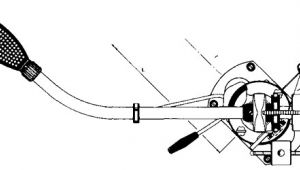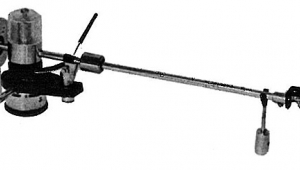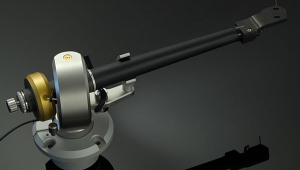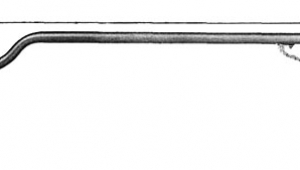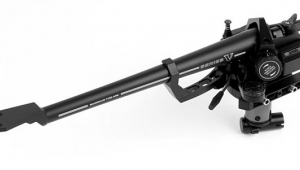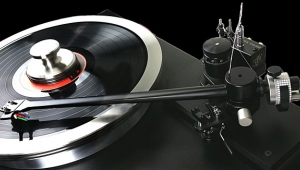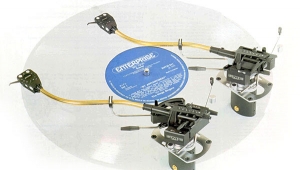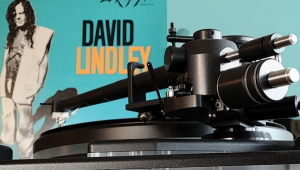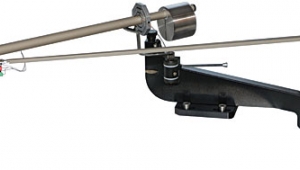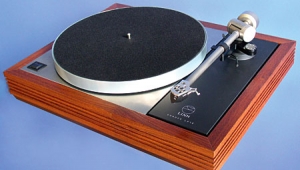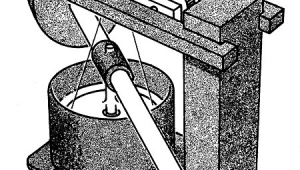| Columns Retired Columns & Blogs |
who would have thought that in 2017 we would be reviewing tonearms and cartridges? This is what I love about audio. It never changes. I love vinyl even though I know that it's primitive tech that cannot possibly(in theory) sound as good as digital. But still, to me, it sometimes sounds better. Maybe because it's actual sound recorded physically in a record groove. Instead of sound converted to some soulless mathematical number stream. Maybe it loses something in that conversion. Something which can never be retrieved. Something having to do with real live music listened to in a real live venue. Maybe digital is like computer generated virtual reality, and analog is actual first hand reality. Is that plausible?


